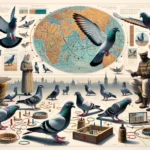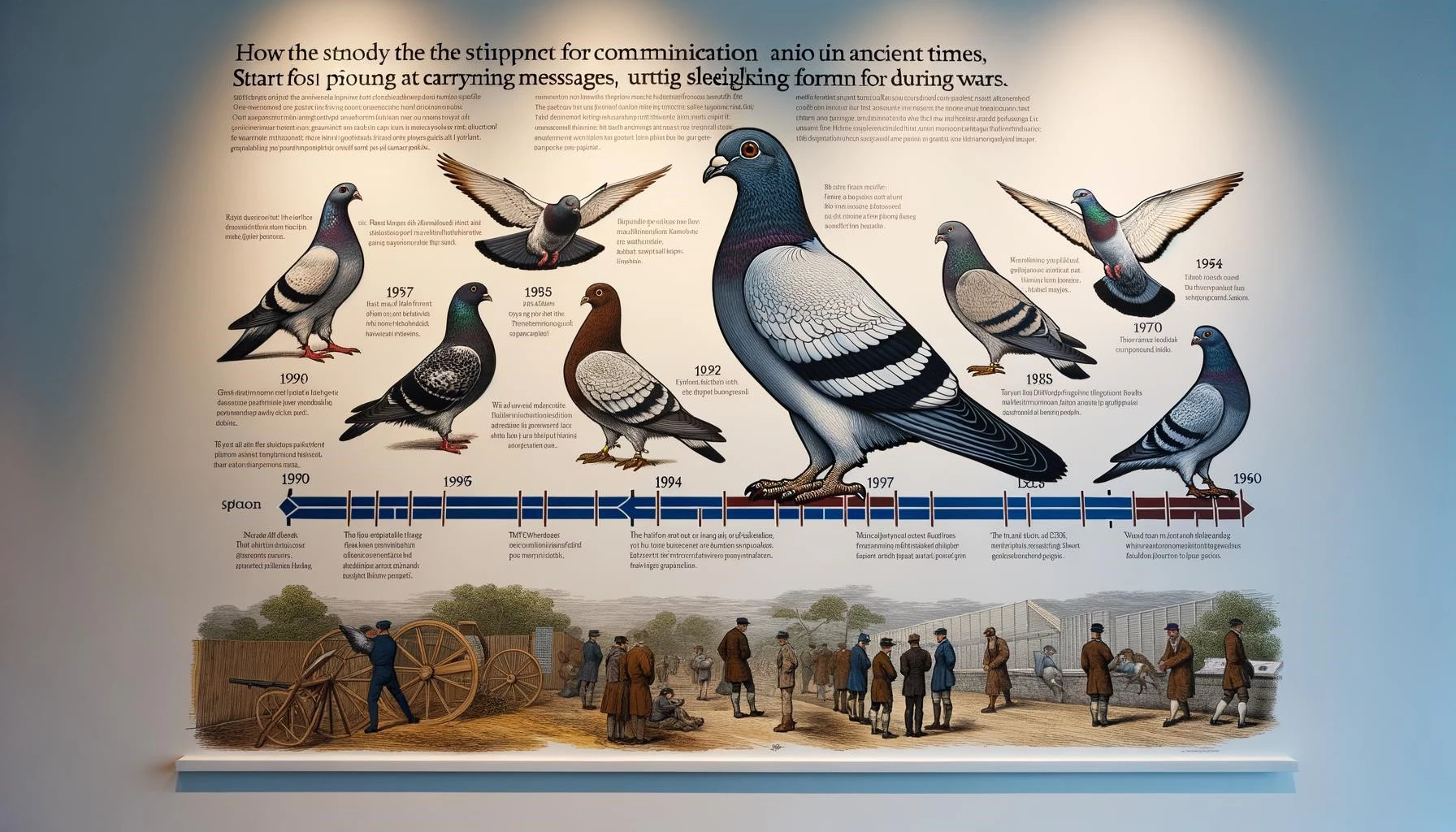Pigeons: often overlooked as mere city-dwellers, yet their historical significance and impressive homing abilities have made them champions of a unique sport. From ancient Egyptian messengers to World War heroes, these birds have etched their mark on history. Today, the thrilling sport of racing pigeons, born in 19th-century Belgium, captivates enthusiasts worldwide, reminding us of their remarkable instincts and our enduring fascination with these extraordinary creatures.
Key Takeaways
- The history of racing pigeons can be traced back to ancient times when they were used as messengers.
- Pigeons were bred for their homing ability and played a crucial role in communication, especially during war times.
- Modern racing pigeon organizations were established in the 19th and 20th centuries, and the sport continues to be popular in various parts of the world.
Evolution of Racing Pigeons
The sport of racing pigeons has a long and fascinating history that dates back to ancient times. The domestication of pigeons can be traced back to ancient Egypt around 3000 BC. Pigeons were selectively bred for their homing abilities, primarily used to carry messages for nobility, armies, and businessmen.
Pigeons played a crucial role in communication throughout history. They were used as messenger carriers in various civilizations, including Ancient Persia, Mesopotamia, and Egypt. Pigeon post systems were established in Baghdad in AD 1150 and were used by Genghis Khan during his conquests.
During times of war, pigeons were utilized as emergency message carriers. They were employed in both World War I and World War II to deliver important messages. Pigeons proved to be reliable and accurate messengers, even flying through hostile territory and hazardous conditions.
Development of Racing Pigeon Organizations
The modern sport of racing pigeons began to take shape in the 19th and 20th centuries. Belgium is often regarded as the birthplace of the sport, where competitions were organized in the early 1800s. Belgium remains a prominent hub for pigeon racing to this day.
Racing pigeon organizations were established in various countries. In the United States, the American Racing Pigeon Union (AU) was formed in 1910, while the International Federation of American Homing Pigeon Fanciers (IF) was founded in 1881. These organizations oversee the sport and promote racing pigeon events.
Pigeon racing clubs and fanciers can be found in many countries around the world. The sport continues to thrive in Europe, Asia, and the Middle East. However, it has seen a decrease in popularity in the United States in recent years.
Continued Popularity and Significance
Despite the advancements in electronic communication, the sport of racing pigeons still holds a special place in the hearts of enthusiasts. The selective breeding and unique physical attributes of racing pigeons make the sport captivating and competitive.
Throughout history, pigeons have played a significant role in military communications, postal services, and reliable messaging. They have carried messages over long distances, often spanning hundreds of miles. Their ability to find their way back home has amazed people for centuries.
Today, the sport of racing pigeons continues to captivate enthusiasts worldwide. It not only represents a rich historical tradition but also showcases the incredible abilities and instincts of these remarkable birds.









